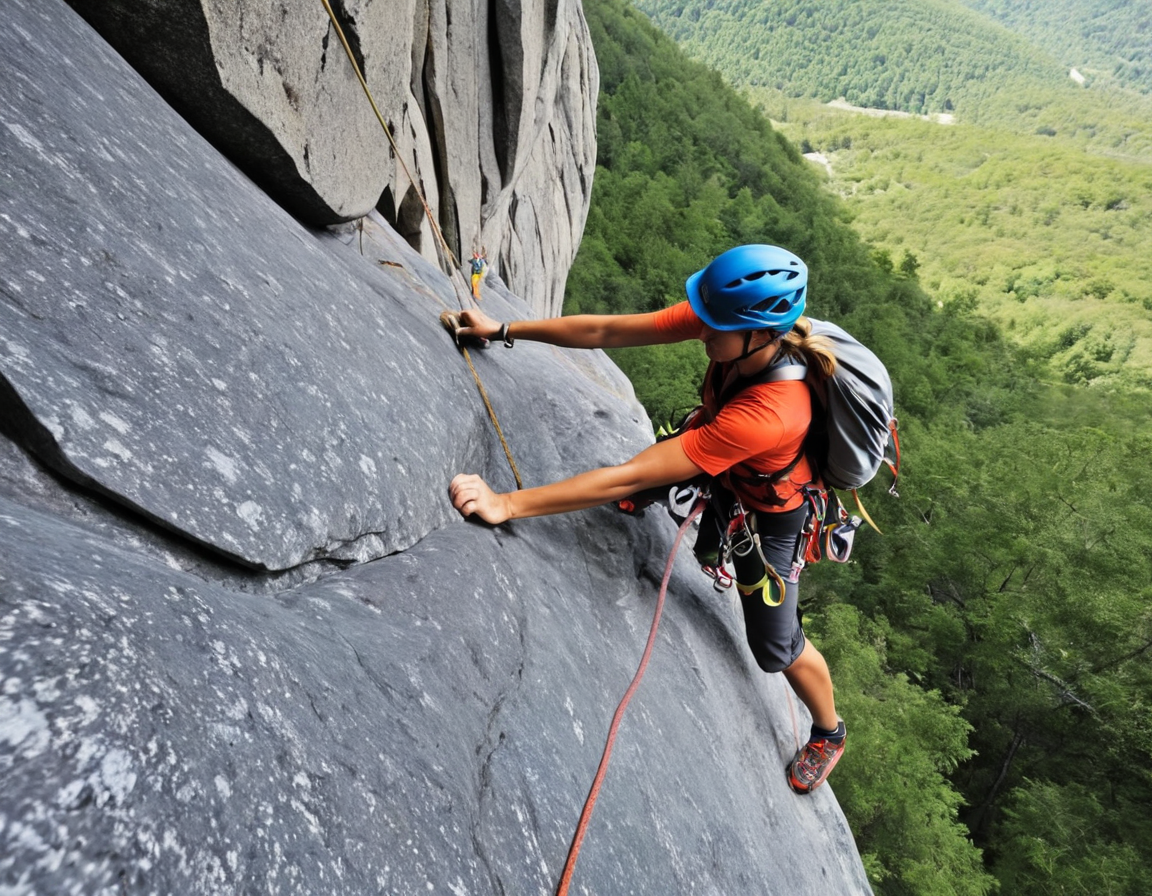: Embracing the Heights: A Beginner’s Guide to Rock Climbing 101

Introduction: Rock climbing is an exhilarating sport that combines physical strength, mental focus and a sense of adventure. Whether you are seeking thrill or looking for a new outdoor challenge, rock climbing offers a unique experience for all levels. This beginner’s guide will provide an overview of the basics to help you safely embark on your journey into this exciting world. Learn more about Embracing
1. Understanding the Gear: Before stepping out onto the rocks, it is essential to familiarize yourself with the necessary equipment. A harness, climbing shoes, helmet, belay device, carabiners, slings and quickdraws are just a few pieces of gear you’ll need. Always make sure your gear meets industry standards and undergoes regular checks for wear and tear.
2. Knowing the Ropes: Belaying is the process of managing the rope used to protect the climber in case they fall. As a beginner, learning how to belay correctly is crucial to ensure both you and your climbing partner stay safe. It requires communication skills and practice to master this fundamental aspect of rock climbing.
3. Climbing Techniques: Rock climbing involves various techniques that include using hands and feet to hold onto rocks or artificial holds. There are two main types of climbing – traditional (trad) climbing and sport climbing. Traditional climbing requires placing removable protection, called “cams” into cracks in the rock for safety. Sport climbing utilizes pre-installed bolts as anchors along designated routes. Mastering basic techniques such as stemming, smearing, flagging and jamming will greatly enhance your climbing experience.
Learn more about the
4. Finding Your Footing: The right footwear can significantly impact your performance on the rocks. Climbing shoes are designed to be tight-fitting and provide excellent grip on varied surfaces. Start by trying different brands and styles to find what suits you best, keeping in mind that comfort is as important as support.
5. Choosing Your Playground: From towering cliffs to boulder fields, there’s a climbing area suited for every skill level. Beginners are advised to start at indoor gyms or easy outdoor routes where they can practice their skills without too much pressure and under supervision. As you progress, seek guidance from experienced climbers and explore more challenging terrains responsibly.
6. Building Strength & Endurance: Rock climbing is a full-body workout that requires both strength and endurance. Focus on developing your upper body muscles through exercises like pull-ups, bouldering, finger curls, and core workouts. Cardiovascular fitness plays an equally vital role in maintaining stamina during long climbs.
7. Safety First: Always climb with a partner and ensure they are experienced enough to act as a belaying companion. Respect the environment by practicing Leave No Trace principles and avoid climbing when weather conditions pose risks, such as storms or ice formations.
Conclusion: Embracing the heights of rock climbing involves not only physical challenges but also mental ones that foster resilience, problem-solving abilities, and determination. As a beginner, understanding these basics will provide you with a solid foundation for your adventure into this rewarding sport. So gear up, find your footing, and start conquering those heights one step at a time!
SEO Keywords: rock climbing guide, beginner’s guide to rock climbing, indoor rock climbing, outdoor rock climbing, belay techniques, rock climbing equipment, climbing shoes, helmets in rock climbing. Learn more about Heights

